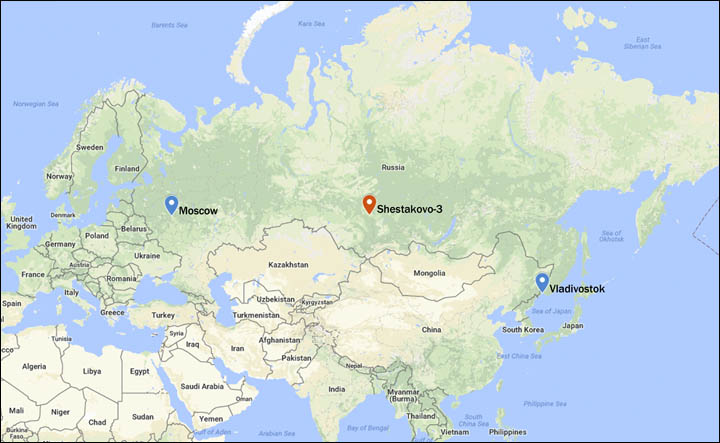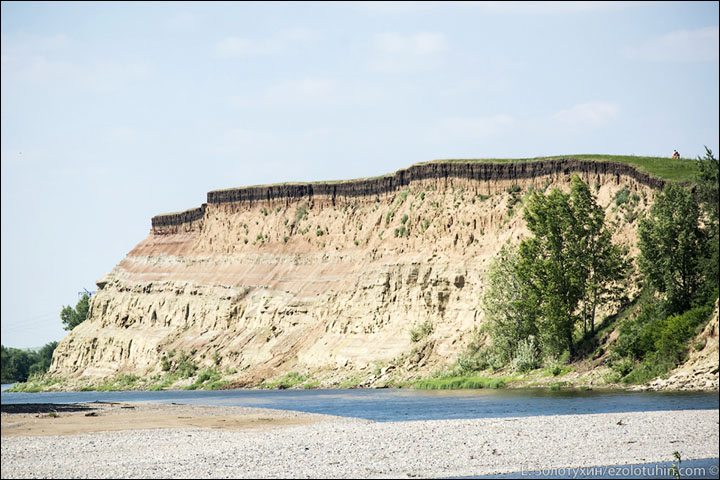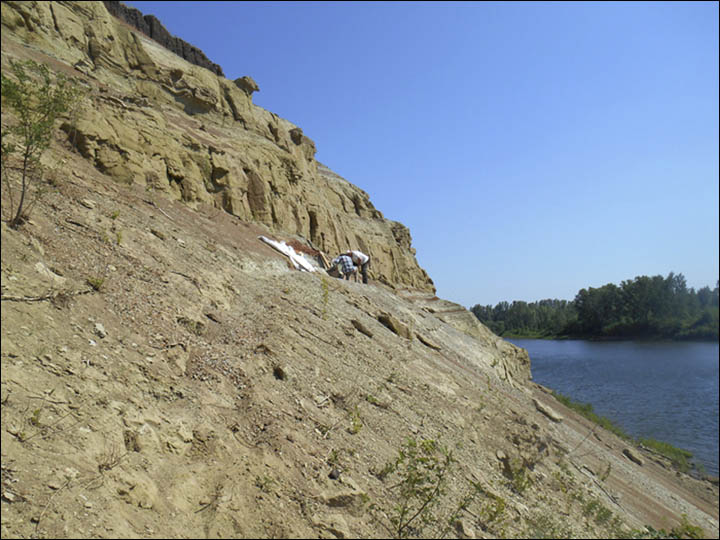
It may look somewhat scrambled but Siberian discovery holds huge scientific importance, say experts. Picture: Press-service of Saint Petersburg State University
By The Siberian Times November 2017
Seen here for the first time, it may look somewhat scrambled but Siberian discovery holds huge scientific importance, say experts.
The 100 million year old egg from a predatory troodontid was discovered around a decade ago in a Jurassic necropolis in Kemerovo region, but is seen here for the first time after the find was kept secret.
It has been revealed now in the publication of a major scientific article.
Stepan Ivantsov, researcher from the Laboratory of Mesozoic and Cenozoic Continental Ecosystems, Tomsk State University, said: ‘The egg of a troodontid was found by our colleague Yevgeny Mashchenko from the Institute of Paleontology in Moscow.
‘We were working on Shestakovo-3 site in Kemerovo region. The egg was in a layer of thick reddish coloured clays.
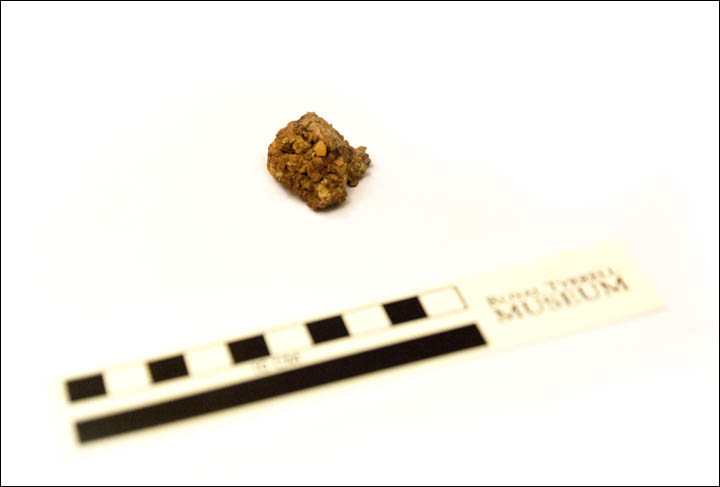
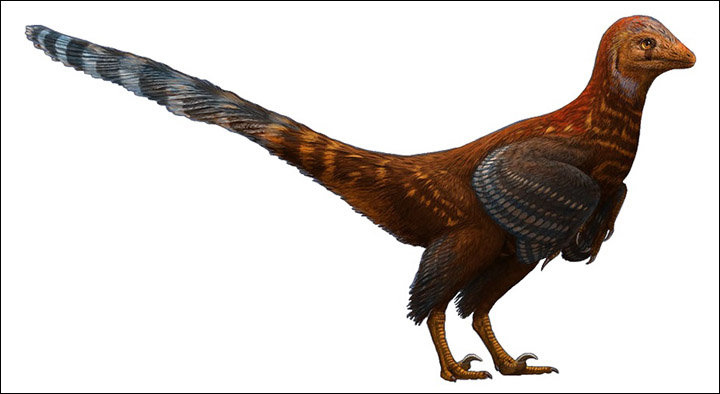
Adult Troodontidae – a family of bird-like theropod dinosaurs – were quite modest in size, up to one metre in height. Pictures: Press-service of Saint Petersburg State University, Wikipedia
‘It was incredibly hard to notice it because only a contour of its shells was visible. This find is an enormous stroke of luck because this is the first and – so far – only one in Russia.’
It was found at the Shestakovo-3 site in Kemerovo region, southern Siberia.
The egg’s transversal diameter is only two centimetres.
Adult Troodontidae – a family of bird-like theropod dinosaurs – were quite modest in size, up to one metre in height.
The embryo of the egg did not preserve because the nest with the eggs, laid in the floodplain of an ancient river, was destroyed during a flood.
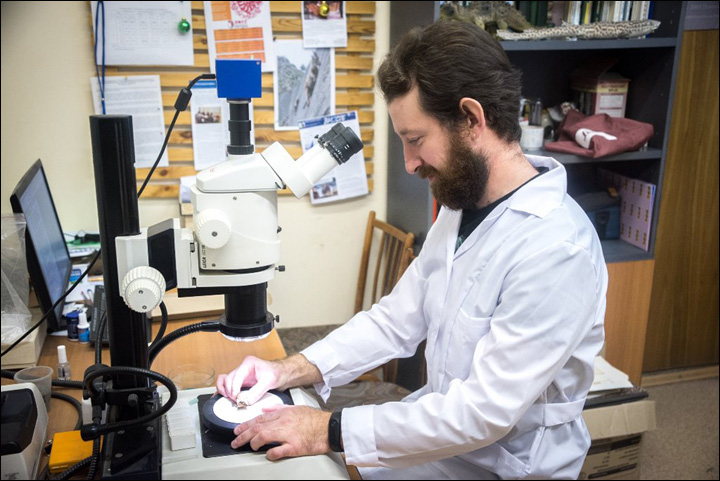
Stepan Ivantsov, researcher from the Laboratory of Mesozoic and Cenozoic Continental Ecosystems, Tomsk State University. Picture: TSU
‘Study of the shell’s thin sections under electric microscope show how similar it is to eggs of modern birds,’ said a statement from Tomsk State University.
‘Scientists believe that it confirms a theory of all birds currently living on Earth descending from predatory dinosaurs that lost their teeth and changed appearance as they evolved.’
The Shestakovo-3 site has seen the discovery of a number of Jurassic relics, for example, psittacosaurs, primitive horned dinosaurs.
The site has seen the discovery of small predators to 30-metre sauropods in the past 60 or so years.
The joint research had been performed by the scientists from Saint Petersburg State University, Tomsk State University, Zoological Museum and the Paleontological Institute of the Russian Academy of Sciences.
The Shestakovo-3 site has seen the discovery of a number of Jurassic relics, for example, psittacosaurs, primitive horned dinosaurs. Pictures: Evgeny Zolotukhin, Kemerovo Museum of Local History
